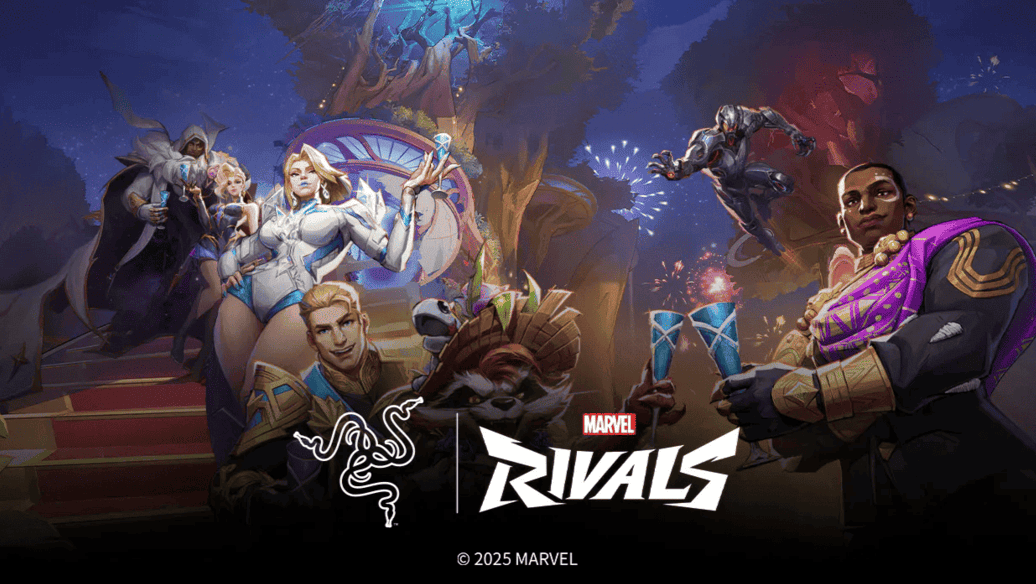
We often hear about immersion in video games—it’s one of the few forms of art where this term is used so frequently, and for good reason: video games have a tool that other art forms lack—interaction.
Indeed, who hasn’t watched a movie or read a book and thought, “I would never have done what the main character did”? In video games, that’s not the case, because the player decides what actions to take. That’s what makes video games more immersive, right?
In theory, that’s true—but immersion doesn’t rely solely on that. Immersion is more about the ability to transport the player into a different world. And what better way to do that than through the use of the senses?
For a long time now, we’ve understood that using sight and hearing is fundamental to achieving immersion. That’s why studios have long made it a point of honor to create strong visual coherence, accompanied by the most accurate sound design possible.
But today, a new sense can fully become part of the gaming experience to make it even more immersive—and that sense is touch. Accompanied by ambient lighting, it’s a perfect combination to push immersion to its peak.
One could argue that controller vibrations already accomplished this—and they’d be right. But thanks to WYVRN technology, found in devices like the Razer Freyja, Razer Kraken V4 Pro, or the Razer Wolverine V3 Pro, we’ve reached a whole new level. With the integration of the Razer Sensa HD Haptics and Razer Chroma RGB, the senses of touch and sight are stimulated to their full potential, truly making a game immersive.
And now, what if we took a closer look at what WYVRN technology actually allows us to do—and, more importantly, how it delivers these experiences.
To do so, let’s dive into the world of Marvel Rivals, a game where immersion is at the heart of the experience, featuring nearly 700 unique haptic effects and over 600 Chroma effects.
Together, we’ll explore how, with the help of two key tools—Haptic Composer and the Chroma App—we can build the deep level of immersion that so many games strive for.
Before introducing Marvel Rivals, let’s start with a brief overview of how Haptics and Chroma work.
Haptics Design
When designing haptics, three key parameters must be managed to ensure high-quality feedback:
Amplitude: This refers to the intensity of the vibration over time. The higher the amplitude, the stronger the vibration, and vice versa.
Frequency: Similar to music, frequency determines the pitch of the vibration. A higher frequency results in a higher-pitched (sharper) vibration, while a lower frequency produces a deeper tone. Even with identical amplitude, changing the frequency can completely alter the perceived effect.
Transients: These are short, impactful bursts that can be adjusted in intensity and timing. They can simulate events like a bullet hit or be repeated rapidly to mimic textures such as gravel.
Chroma Design
On the Chroma side, two main parameters are involved:
Gradients: These define the color range within an animation. They can be monochromatic, analogous, or even complementary, depending on the desired visual effect.
Patterns: Patterns determine how the animation plays out. This includes direction, speed, and the ability to customize the pattern to make it more unique and expressive.
Now that we’ve covered the basics, let’s explore the Haptics and Chroma design behind Marvel Rivals.
Thor: God of Thunder
Let’s start with Thor’s ultimate spell. The design builds a sense of rising power. Once the power surge reaches its peak, the intensity ramps up with additional impacts. After the surge subsides, the impact on the ground is simulated to convey its force.
To simulate the increase in power, we use a very high amplitude, with some variations introduced at the start. Impacts were added to follow the lighting emanating from the hammer. The frequency matches the amplitude’s pattern, enhancing the sensation. For the ground impact, two different notes with distinct frequencies and transients were superimposed multiple times to create a sense of chaos. We also set the amplitude to the maximum to best convey the shock.
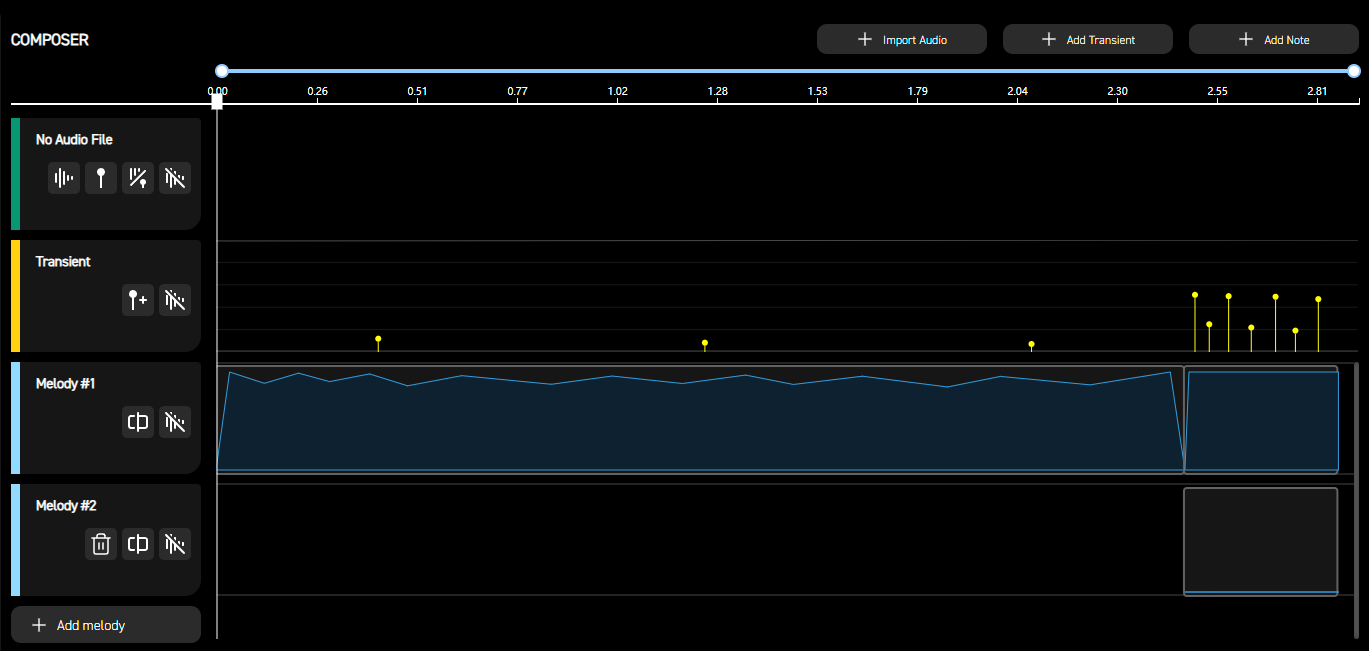
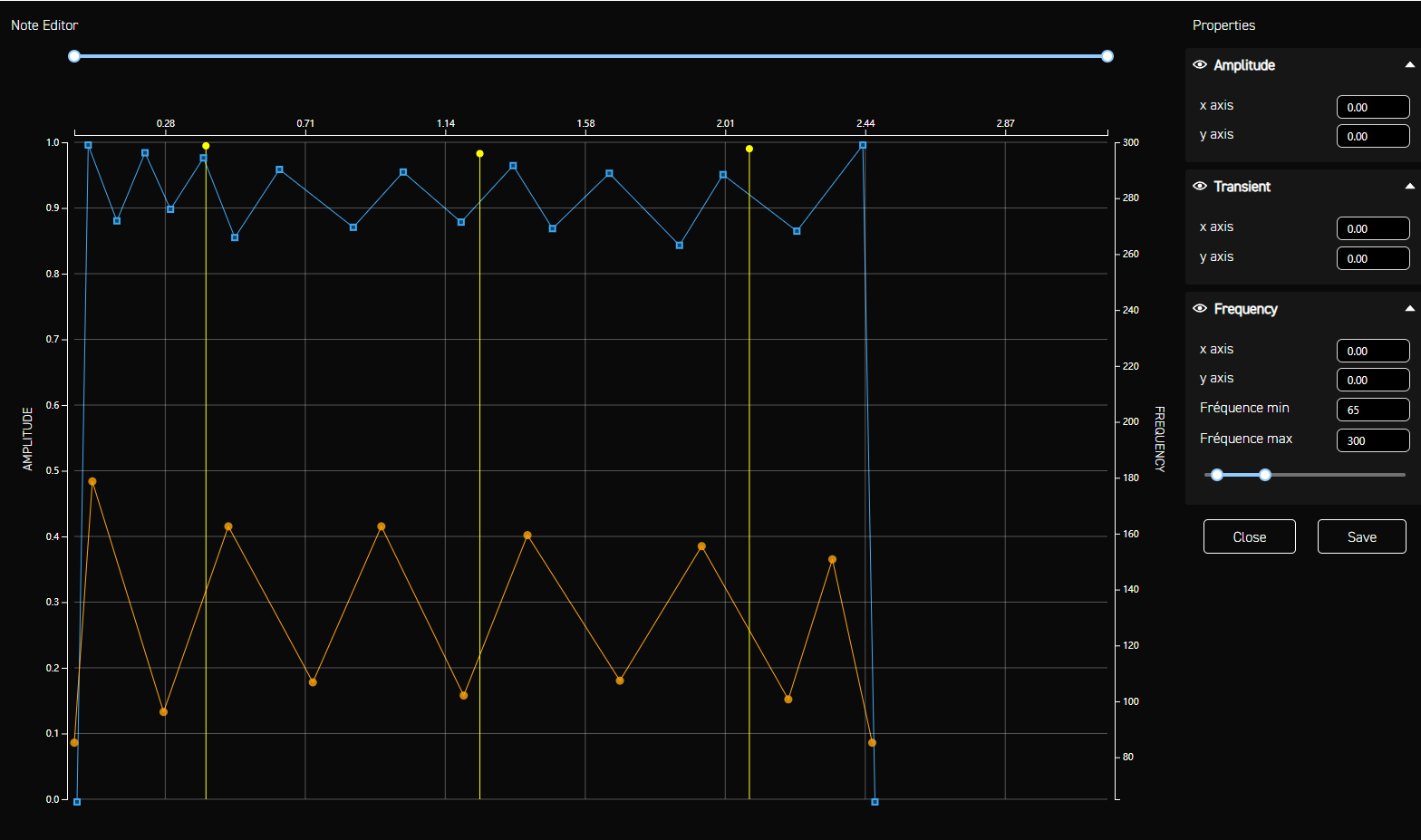
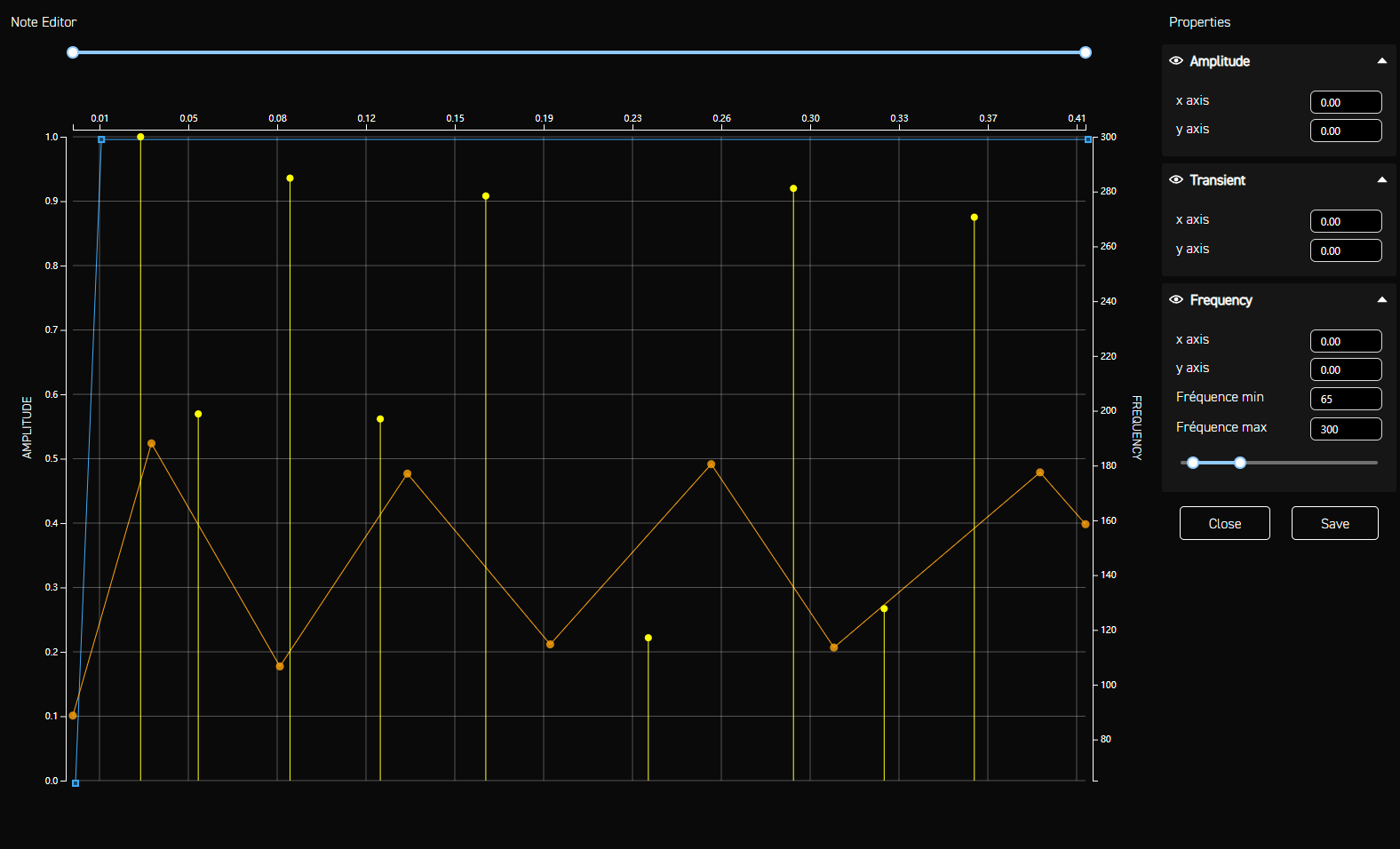
On the Razer Chroma RGB side, just like with the haptics, the goal is to create a blend of rising power and chaos. The pattern features rapid movement and extreme speed, designed to simulate the energy build-up. Additionally, the gradient uses Thor’s colors—combining light and dark blues.
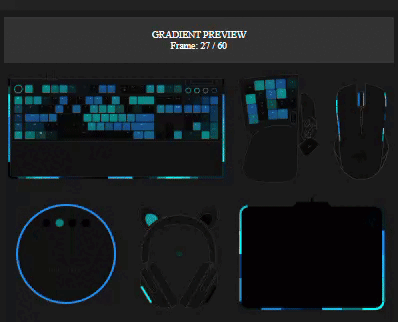
Squirrel Girl: Unbeatable Squirrel Tsunami
For Squirrel Girl’s ultimate ability, the goal was to realistically simulate the multitude of creatures emerging from Squirrel Girl’s legs and capture the chaos of a charging animal horde.
To achieve this, we place multiple transients, focused on the legs to simulate footsteps. The transients start very strong and closely spaced, mimicking animals at ground level. Over time, their intensity gradually decreases. In addition to the transients, a low amplitude with several variations accentuates the chaotic nature of these creatures.
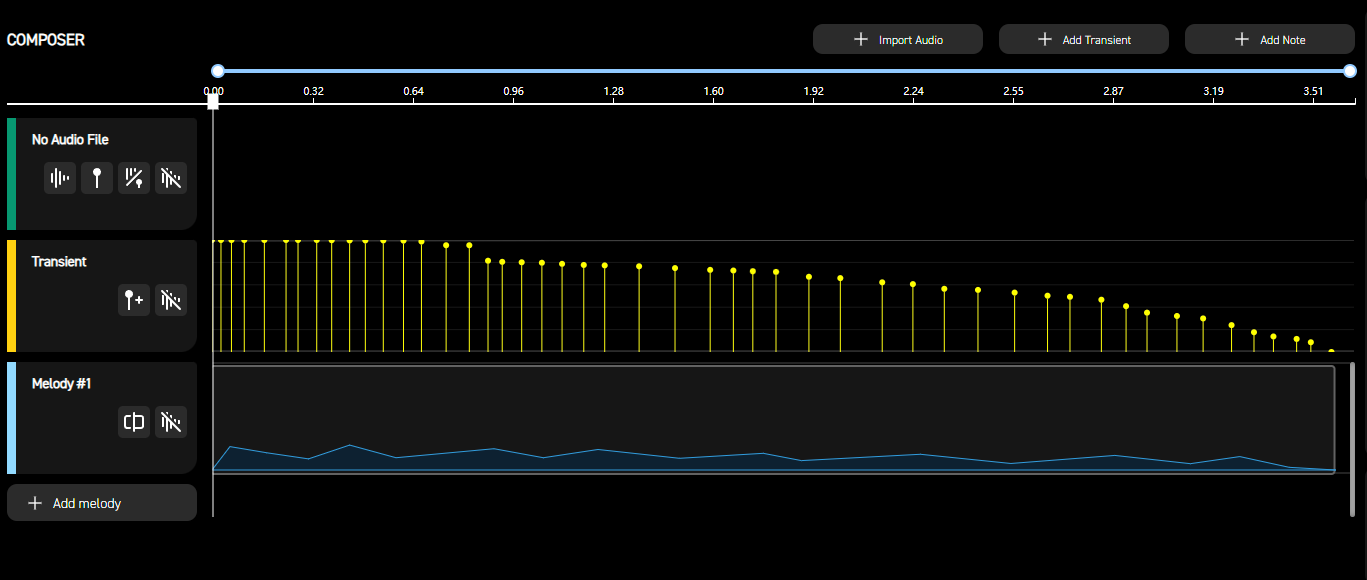
For the ambient lights, we again draw inspiration from Squirrel Girl’s color palette, focusing on shades of yellow, orange, and especially brown. The pattern looks like multiple waves moving forward, symbolizing the squirrels charging ahead.
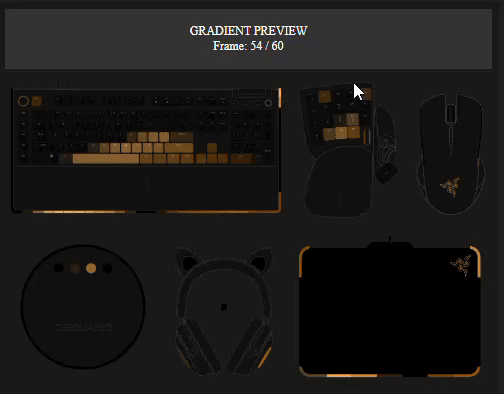
Mister Fantastic: Brainiac Bounce
For Mister Fantastic’s ultimate attack, the goal is to combine the goofy effect of elasticity with the violence of the impact.
This effect is created by combining two different notes: one with an amplitude that smoothly increases and decreases, along with a variation that follows the same pattern; and a second note with a large amplitude and widely varying frequencies to simulate impacts. No transients are added to preserve the elastic quality. This effect plays six times to align with the visuals.
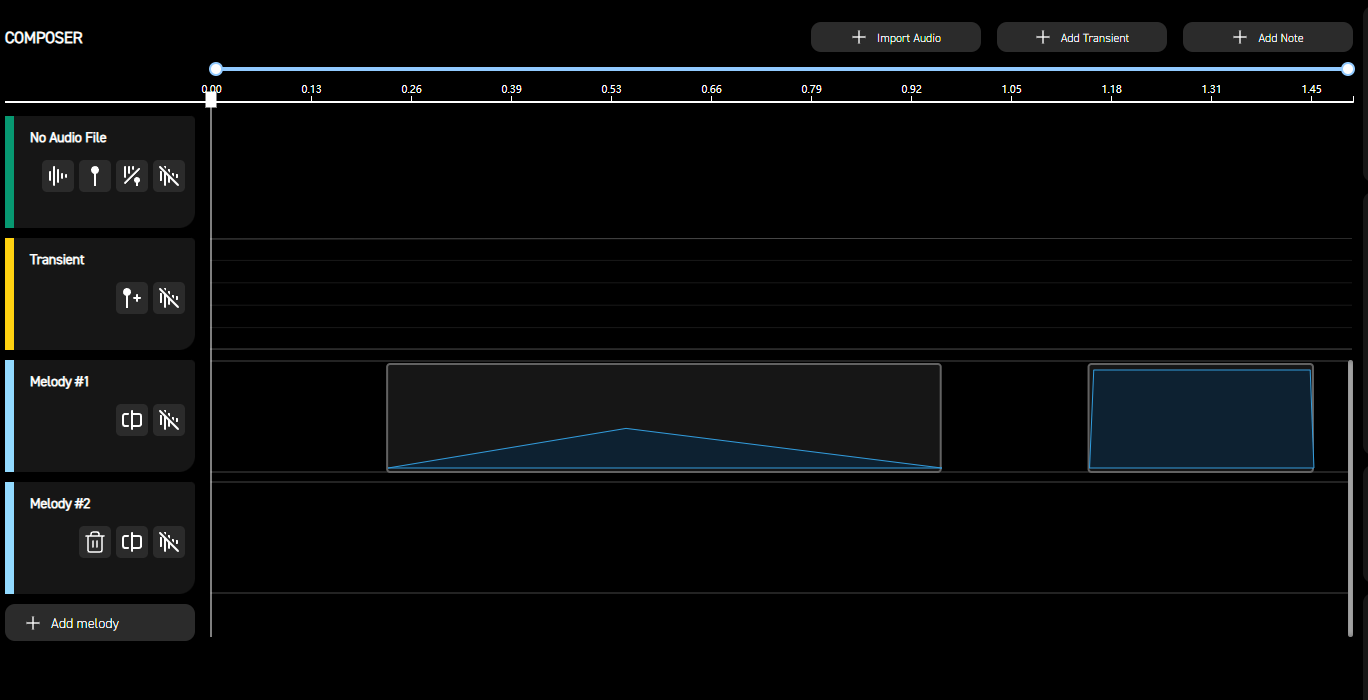
For Mister Fantastic’s lighting effects, the colors are inspired by his costume—namely, white, grey, and desaturated blue. The pattern features top-to-bottom motion, tracking the bounces.
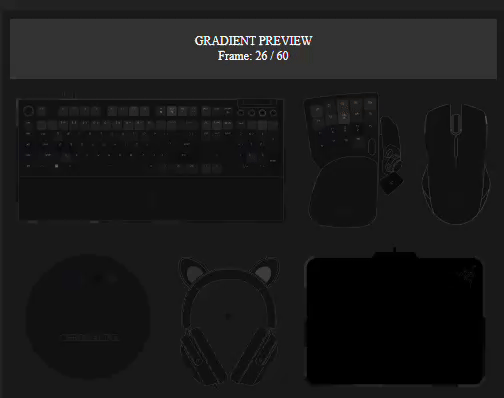
Iron Man: Unibeam
For the Unibeam attack, we want to convey a powerful force emanating from the chest to match the animation, while replicating the laser effect as accurately as possible.
We use four different notes with similar amplitude but varying frequencies, looping them. This creates the impression of continuity, while the frequency shifts introduce dynamism.
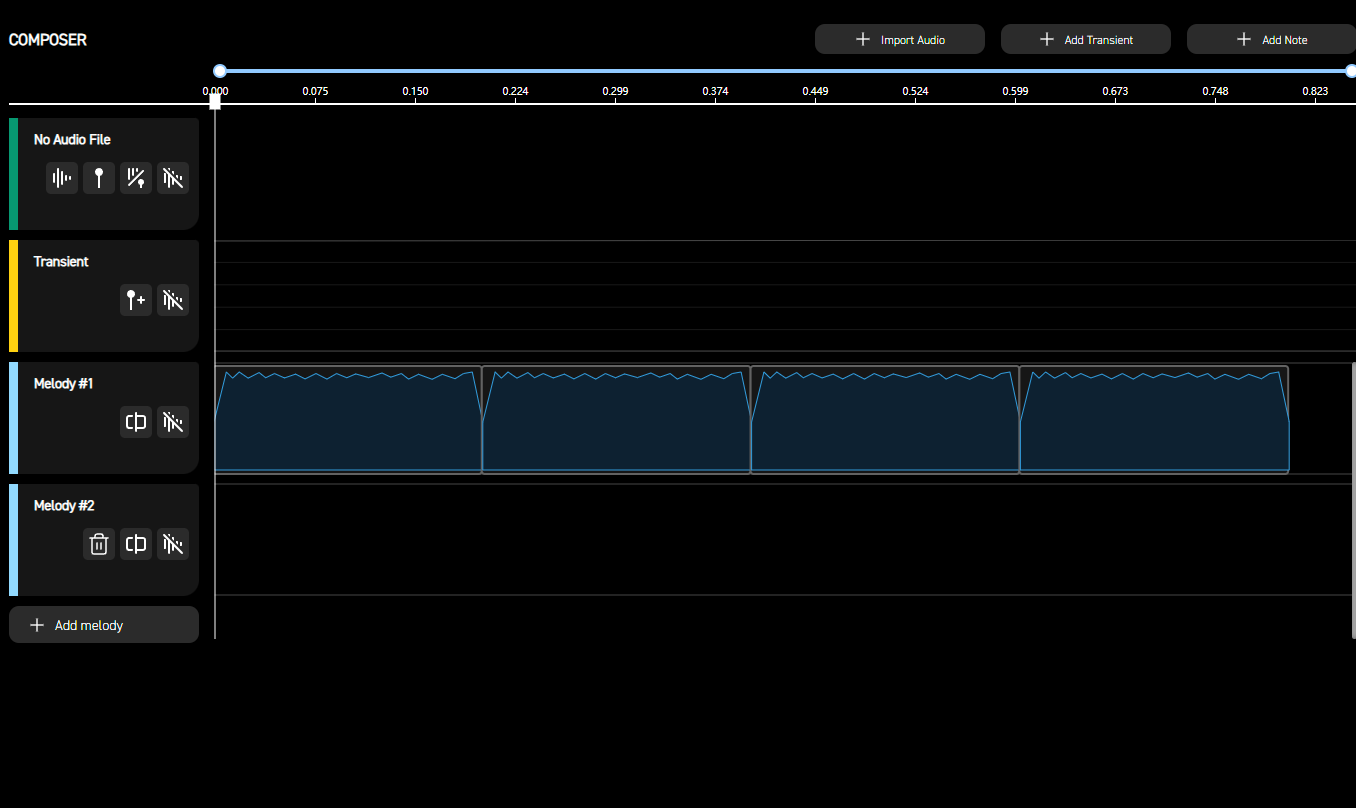
With lights, we aim to replicate the laser effect. The pattern moves from left to right, forming a line. Additionally, we reuse the laser colors, creating a gradient from dark blue to light blue.
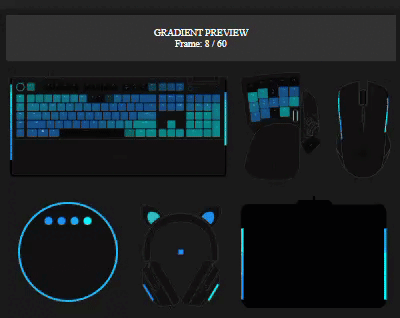
Invisible Woman: Force Physics
For the Force Physics ability of Invisible Woman, the goal is to convey a brief sensation of power.
The effect lasts only a short time but maintains very high amplitude throughout. Additionally, oscillating high frequencies adds extra volume to the effect, enhancing the sensation of power.
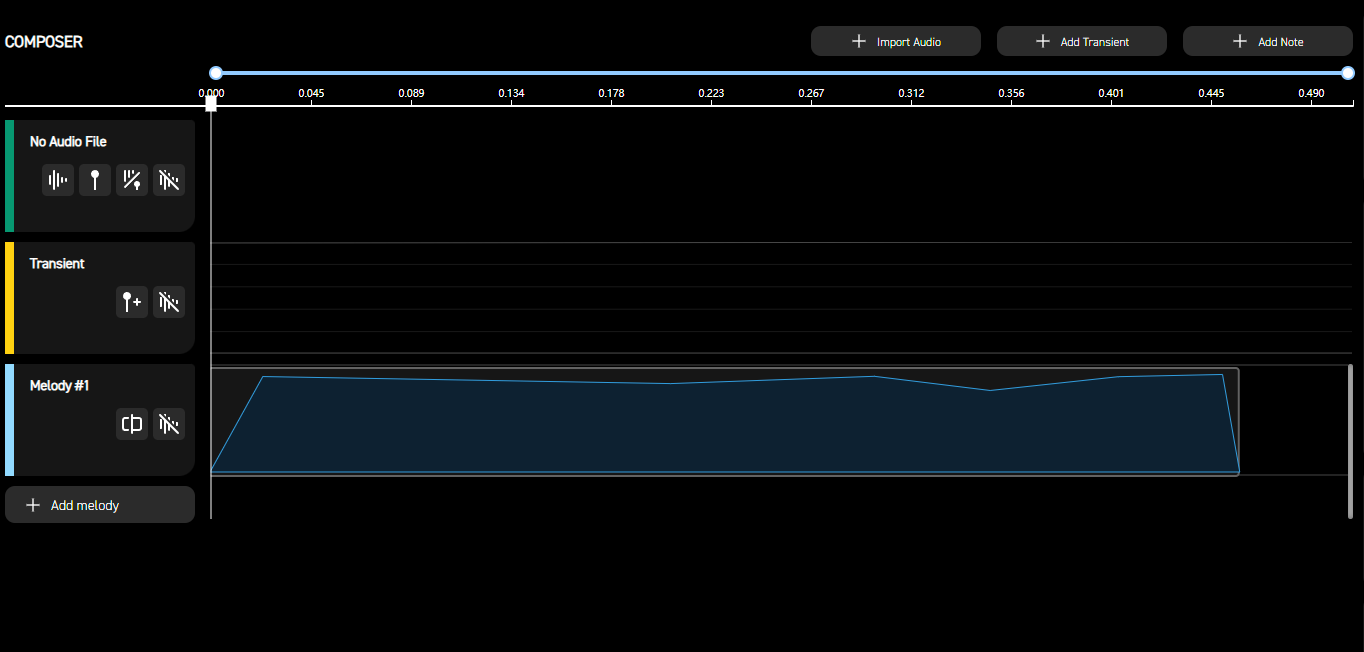
With lights, the goal is to simulate the effect of this ability. A chaotic pattern plays rapidly, followed by the blue colors triggered by the spell.
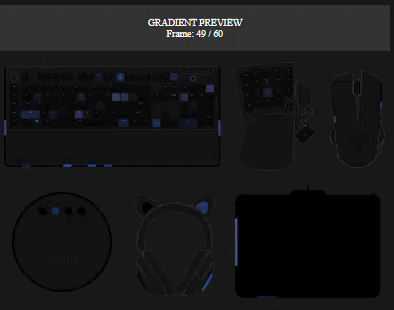
Hawkeye: Crescent Slash
The haptics effect for the Crescent Slash aims to imitate the sharp precision of a cutting motion from left to right.
The effect is divided into two distinct parts: one playing on the left side of the body and the other on the right. These two effects overlap for a few milliseconds, creating a sense of movement. High frequencies accentuate the sharpness of the cut.
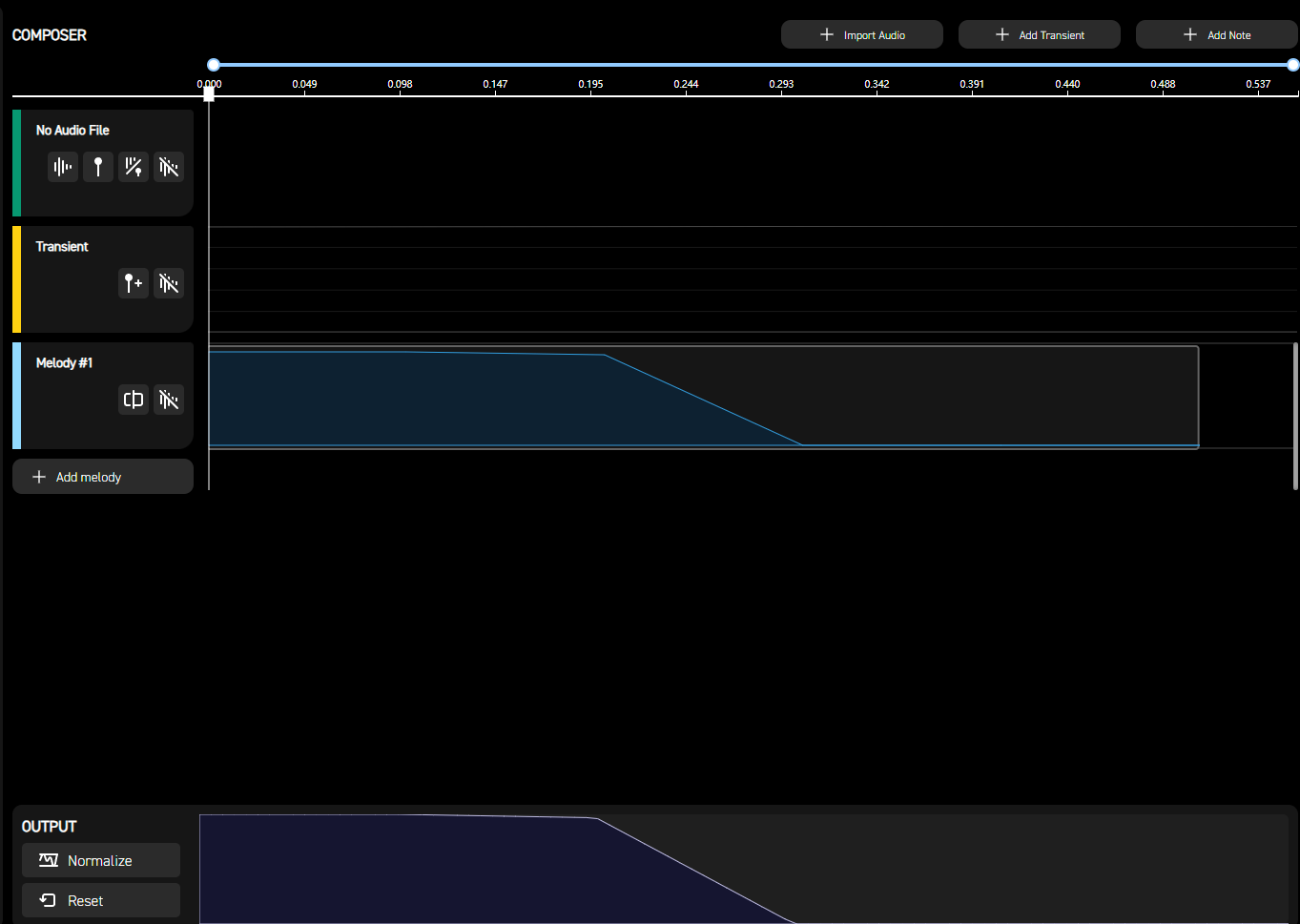
On the Chroma RGB side, the aim is to replicate the curve of the blade. Hawkeye’s colors are used, forming a gradient from dark purple to light purple.
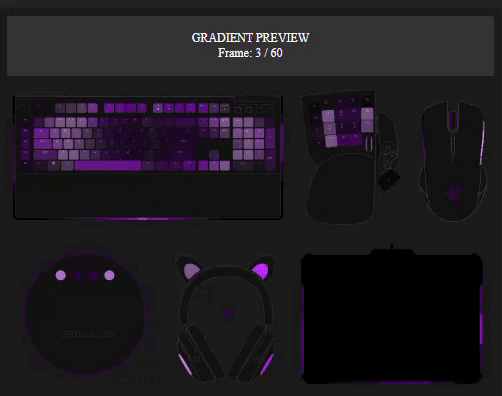
Dagger: Shadow’s Embrace
With Shadow’s Embrace, the haptics invoke the sensation of Cloak’s cape wrapping around you, using movement to simulate the transition.
We use two different effects to imitate this sensation. It plays first on the right side of the body and then on the left, with an overlap to create a seamless feeling of motion. Low frequencies add depth to the transition from light to darkness.
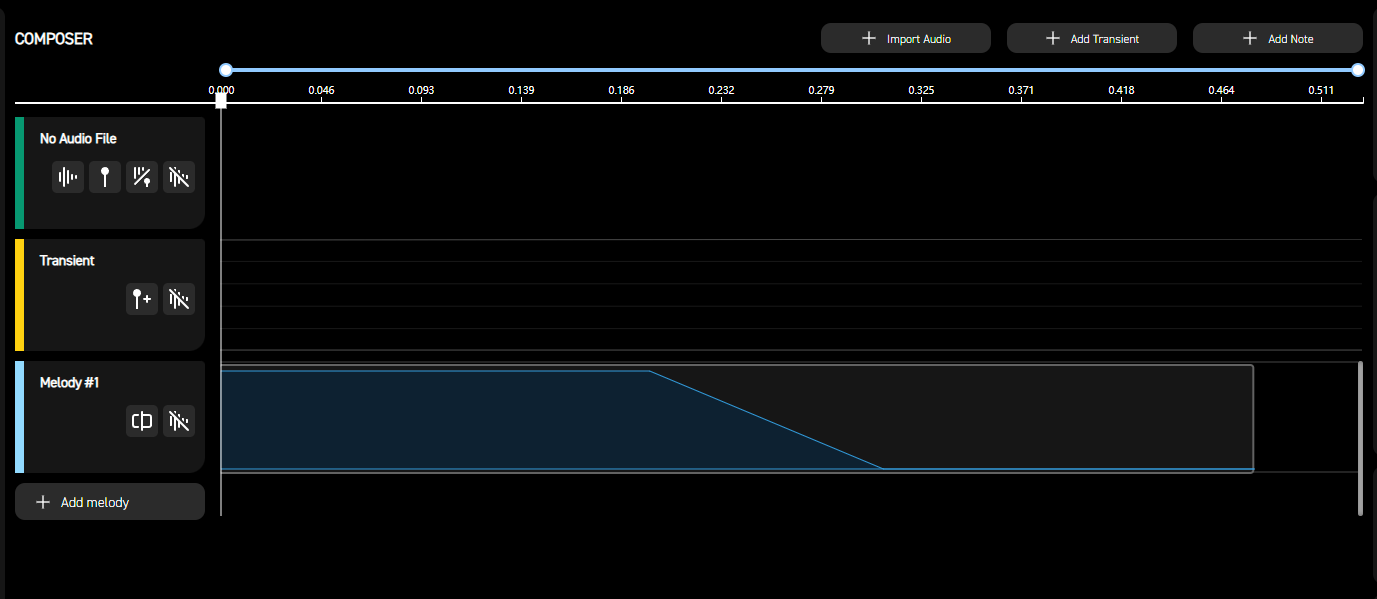
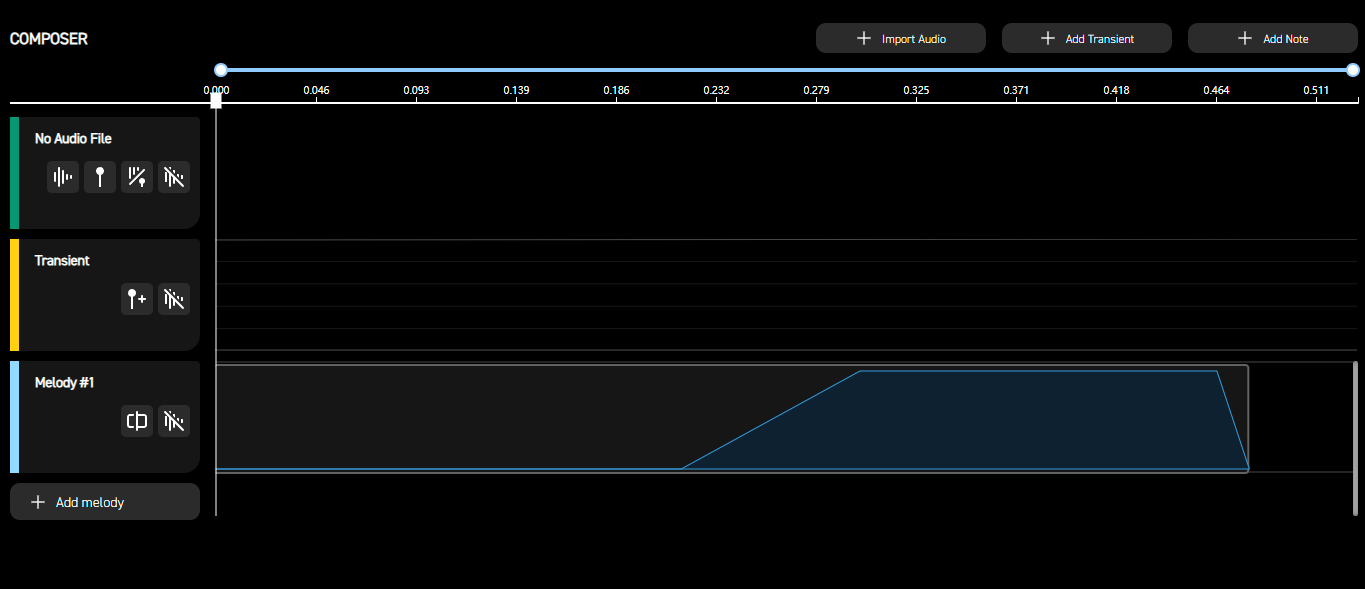
The Chroma RGB effect mirrors this transition, with a diagonal pattern moving from left to right, reflecting the characters’ animation. The gradient features a transition between light blue and purple, representing the colors of both characters.
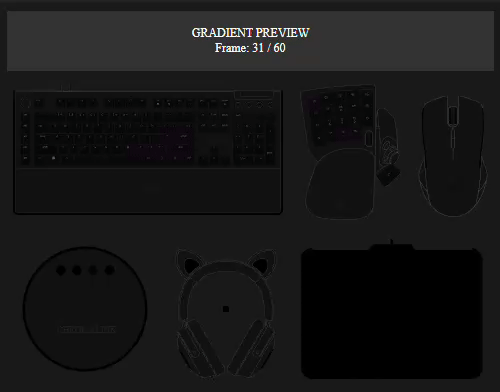
Cloak: Light’s Embrace
For Light’s Embrace by Cloak, the goal is to convey the sensation of releasing the cape.
This is felt through three distinct effects: the first one affects the head and chest, the second one—the waist and hands, and the last one—the legs. The effects spread across the head, chest, waist, hands, and legs, overlapping to create a dynamic sense of motion from top to bottom, as though the cape is falling.
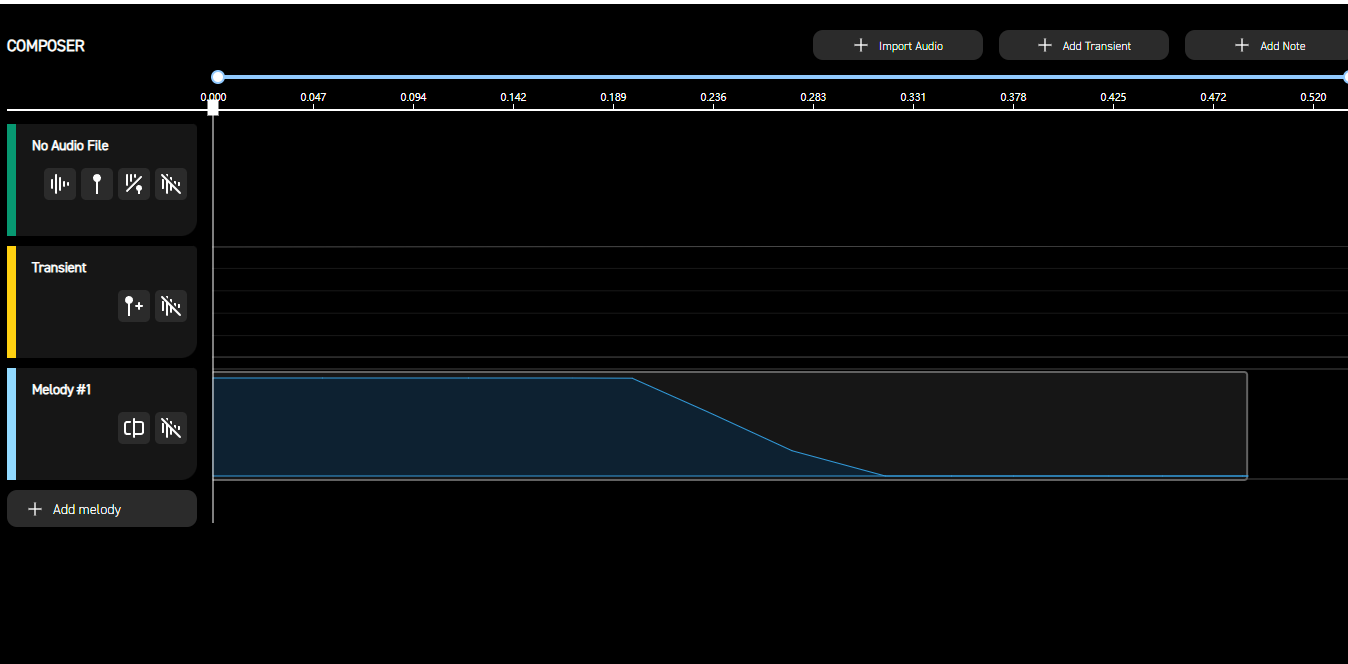
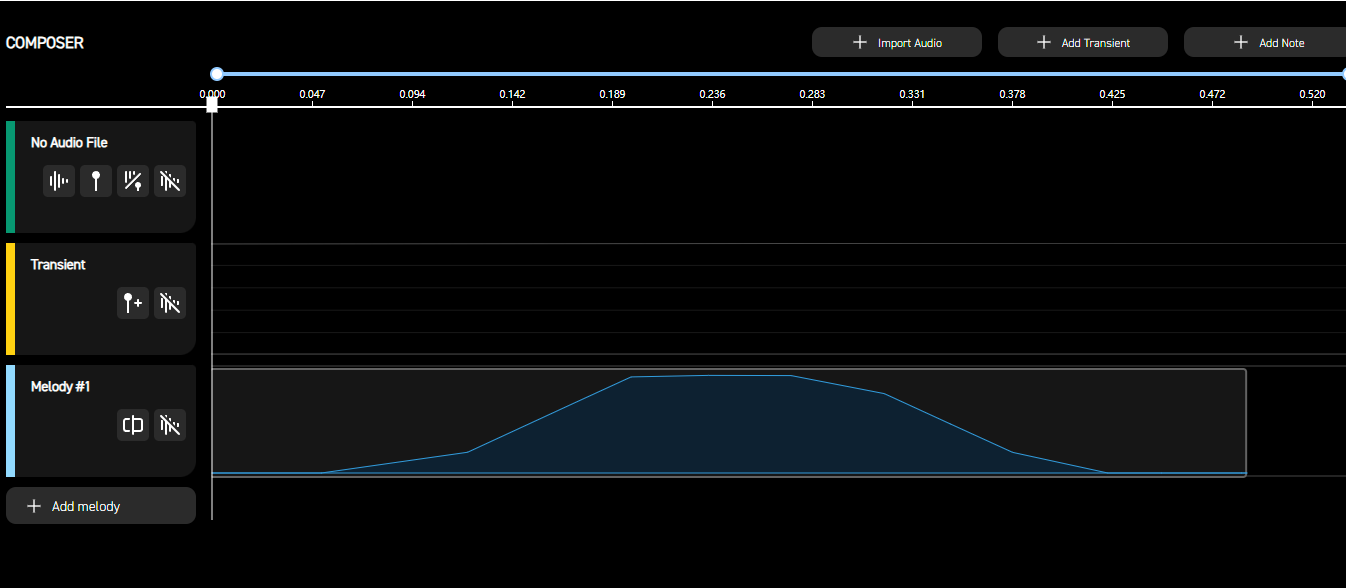
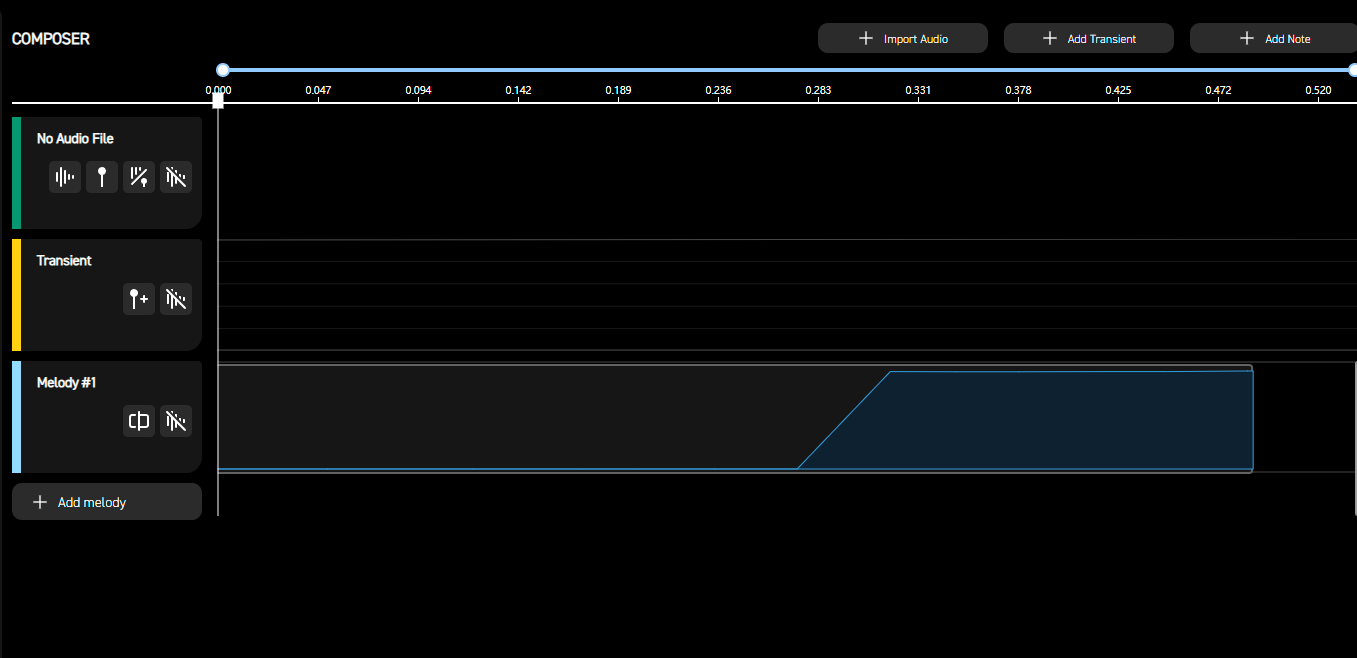
For the visual effect, the same principle from Shadow’s Embrace is applied, creating a parallel between the two animations. The gradient transitions from purple to blue, mirroring the connection between the two characters.

Bruce Banner: Puny Banner
Bruce’s transformation into Hulk unfolds in stages, showcasing a gradual increase in power, part by part.
The haptics effect is divided into four stages: starting with the left chest and left hand, then moving to the right hand and right chest as Hulk’s transformation progresses. Next, the effect moves to the waist and finally to the legs. Additionally, transients are layered throughout to emphasize the chaotic and brutal nature of the change.
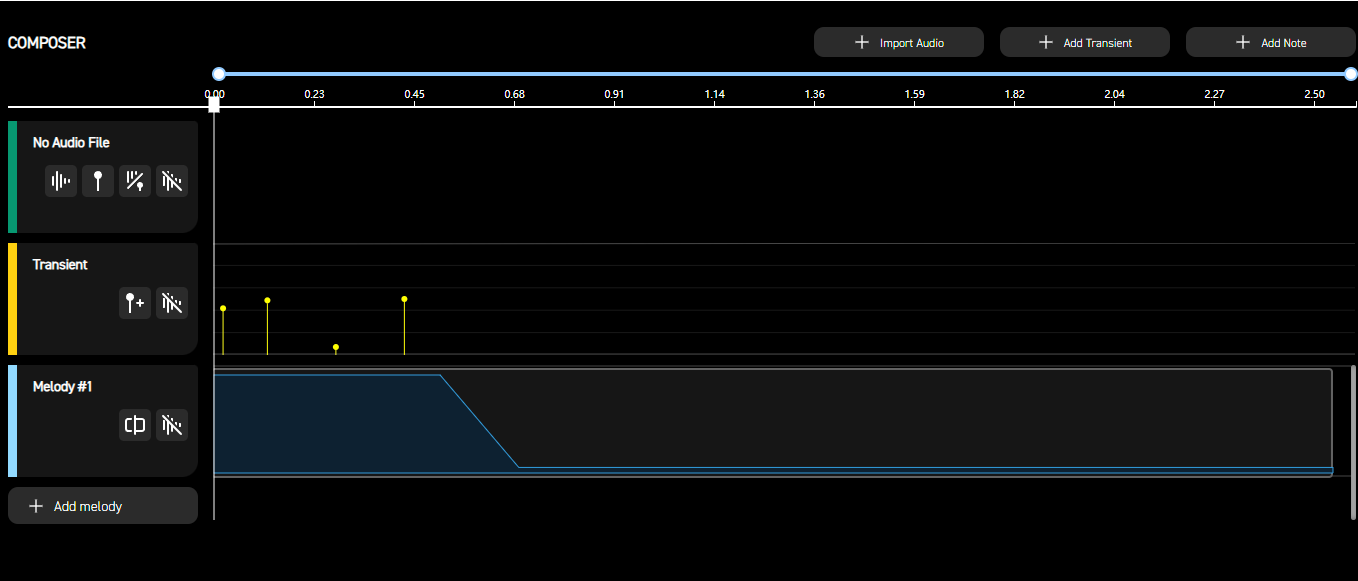
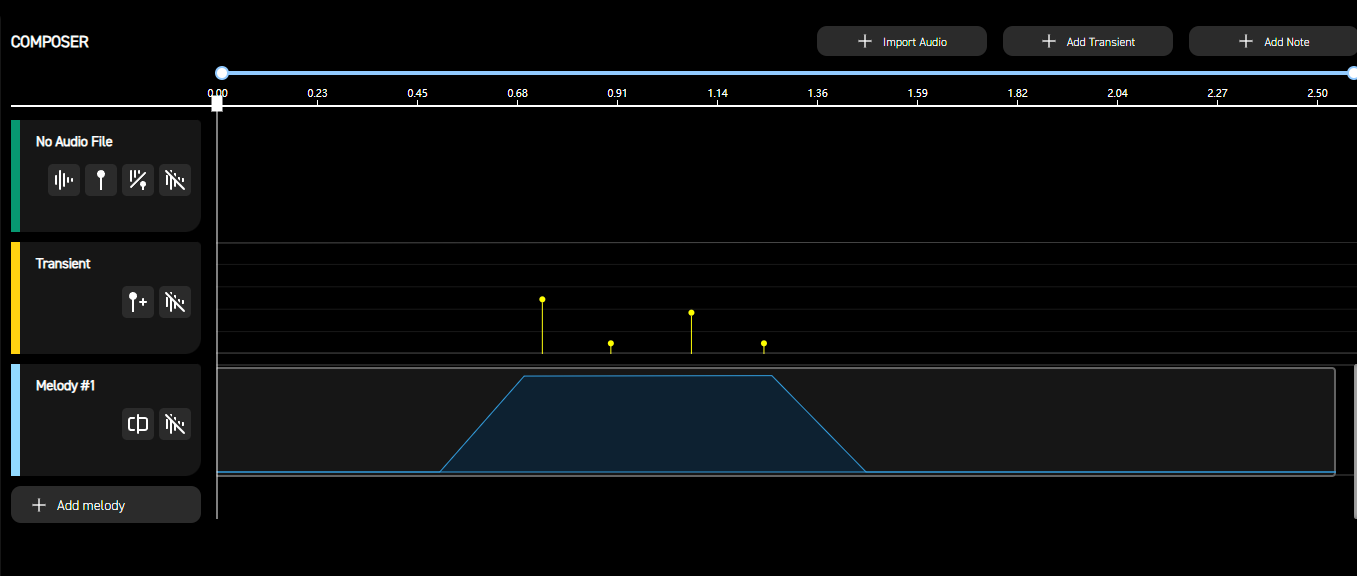
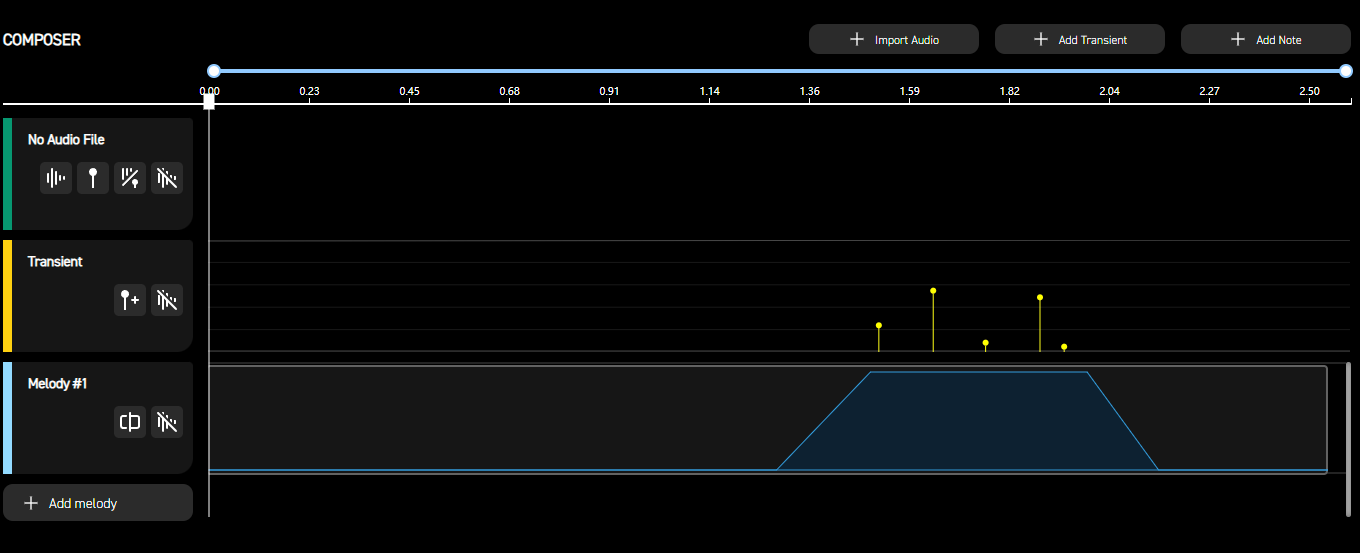
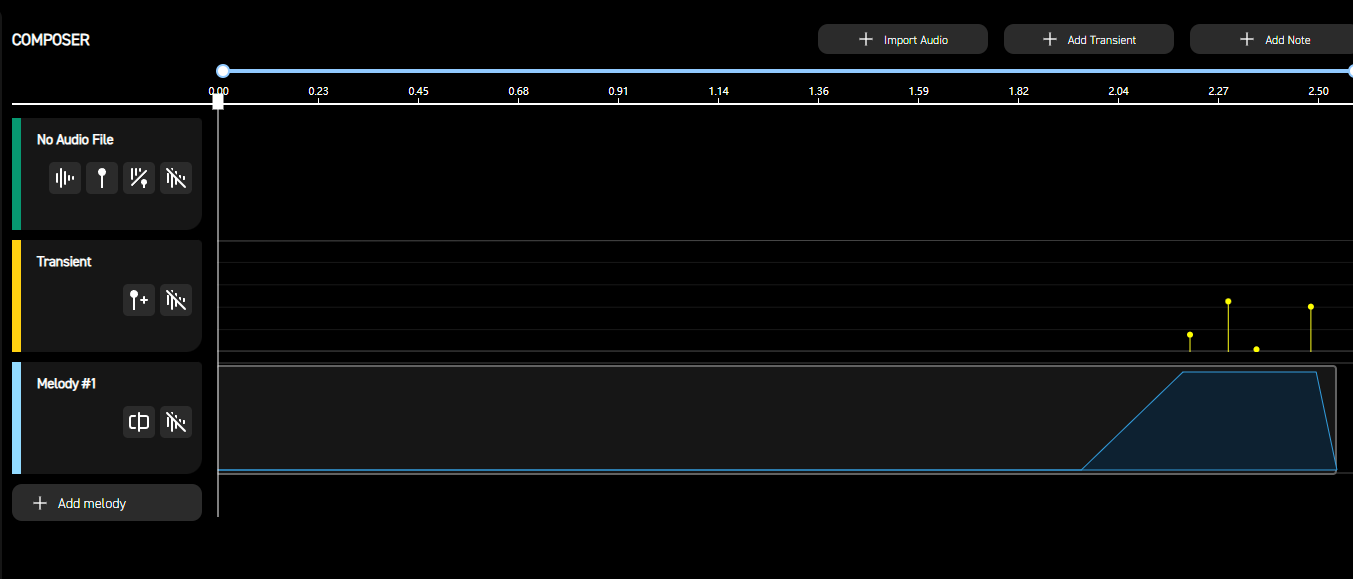
Visually, the pattern moves outward from the center, mimicking a burst of energy. The gradient follows Hulk’s iconic green color.
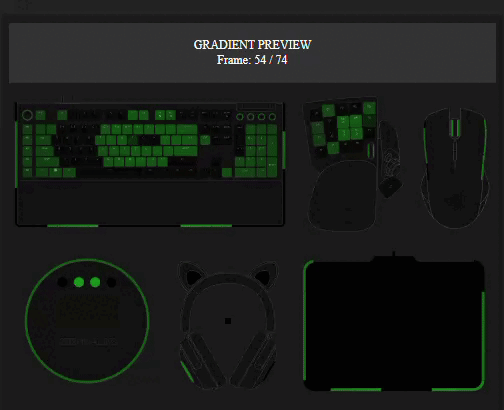
Phoenix: Endsong Inferno
For Phoenix: Endsong Inferno, the character transforms into a fiery phoenix, diving towards enemies and creating a shockwave that damages those in its path.
To bring this to life, a sequence of progressively weakening vibrations is triggered across the body, simulating the rush of air and kinetic energy during the dive. Upon impact, the haptics sharply intensify, accompanied by a series of transients that create a strong, explosive sensation—emphasizing the dramatic force of the ability’s climax. As the animation wraps up, the haptic feedback gently pulls back, mirroring the character’s recovery motion.
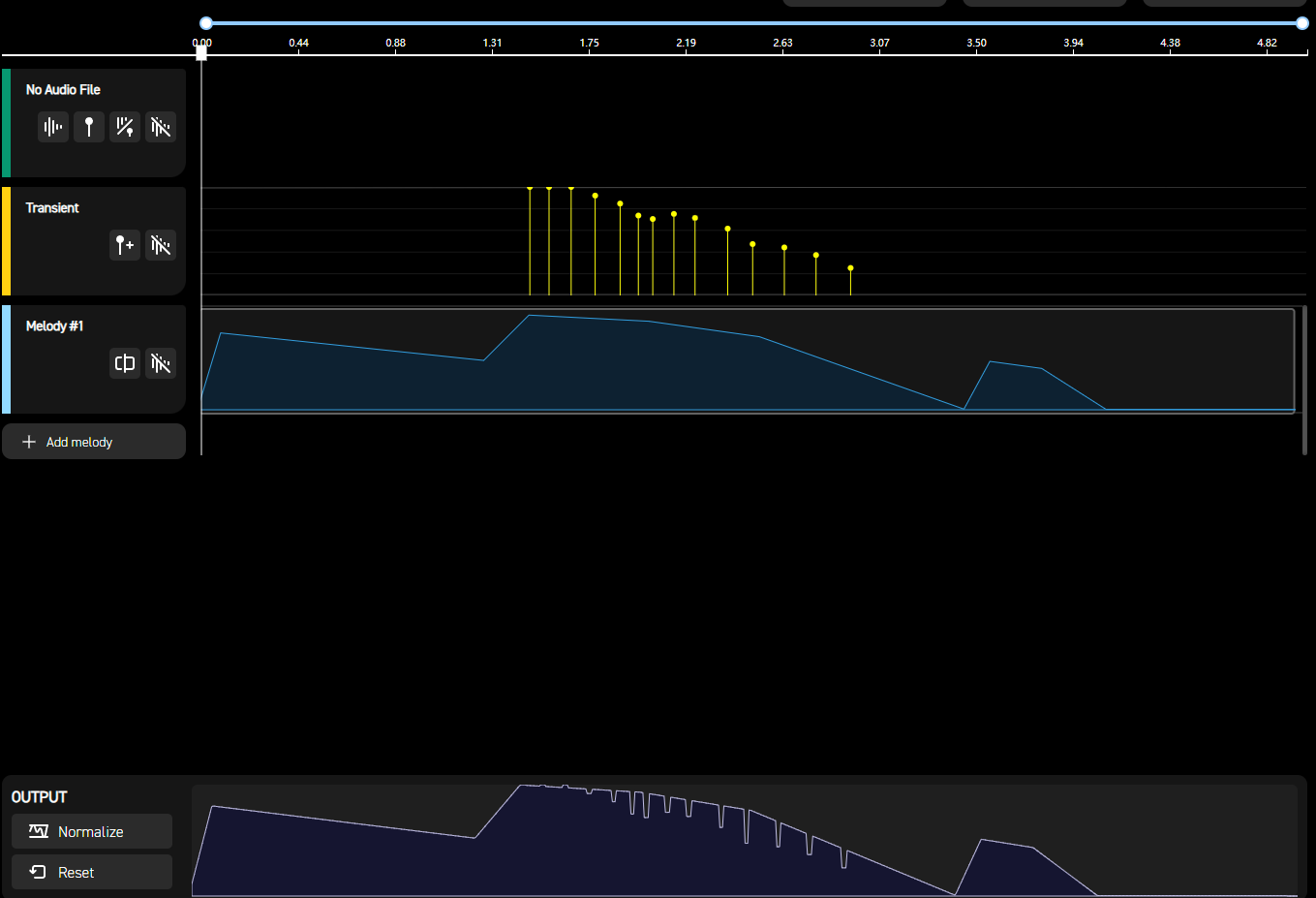
In terms of the Chroma RGB effect, fiery tones—deep reds and vivid oranges—evoke the essence of flames. The lighting effect follows a wingbeat-inspired motion, mimicking the rhythmic flapping of the phoenix’s wings, enhancing the sense of flight and grace throughout the animation.
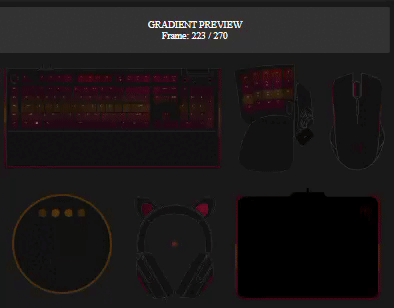
How to activate WYVRN for MARVEL RIVALS PC
Now that we’ve explored some of the effects found in Marvel Rivals, the best way to experience them is to test them in-game. It couldn’t be easier — all you need is Synapse and the Chroma App.
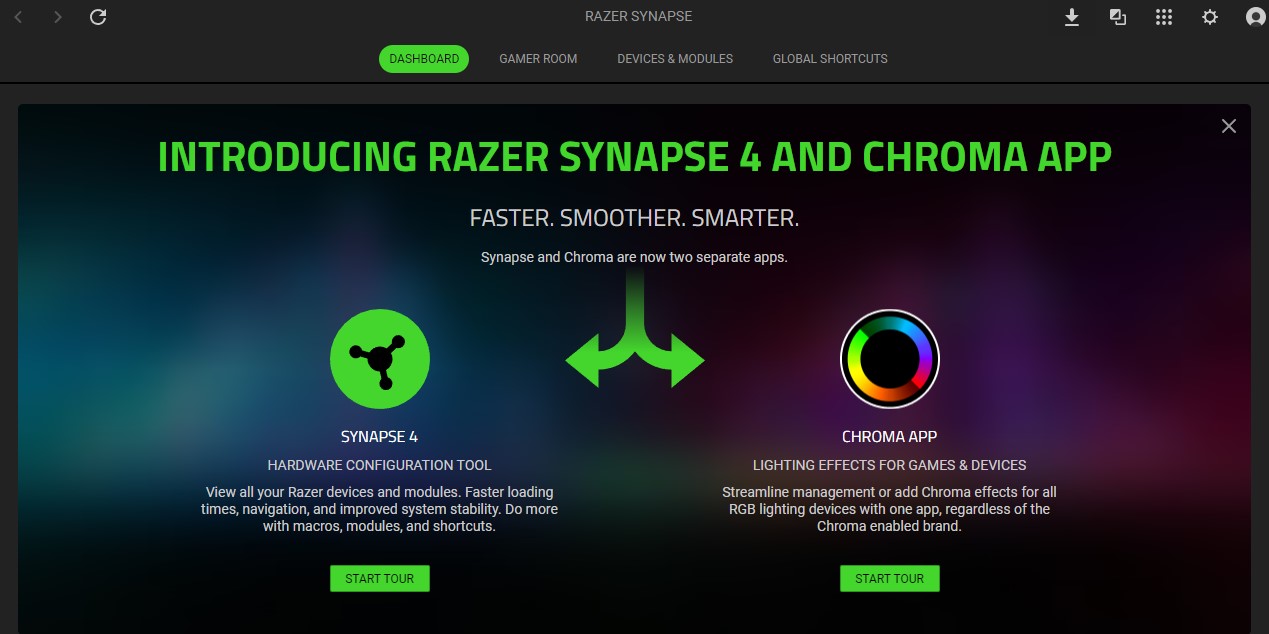
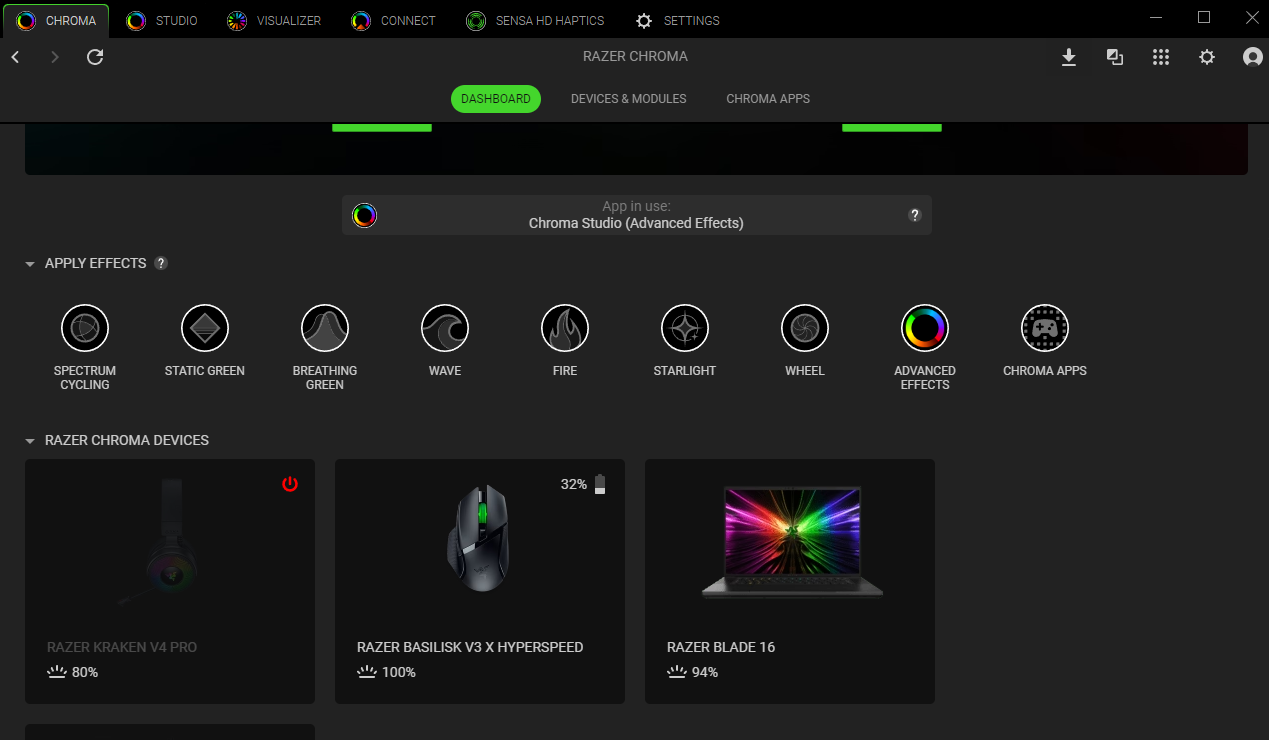
Once both applications are running, simply launch Marvel Rivals and activate Razer Chroma/Sensa, and you’re ready to dive into the full sensory experience.
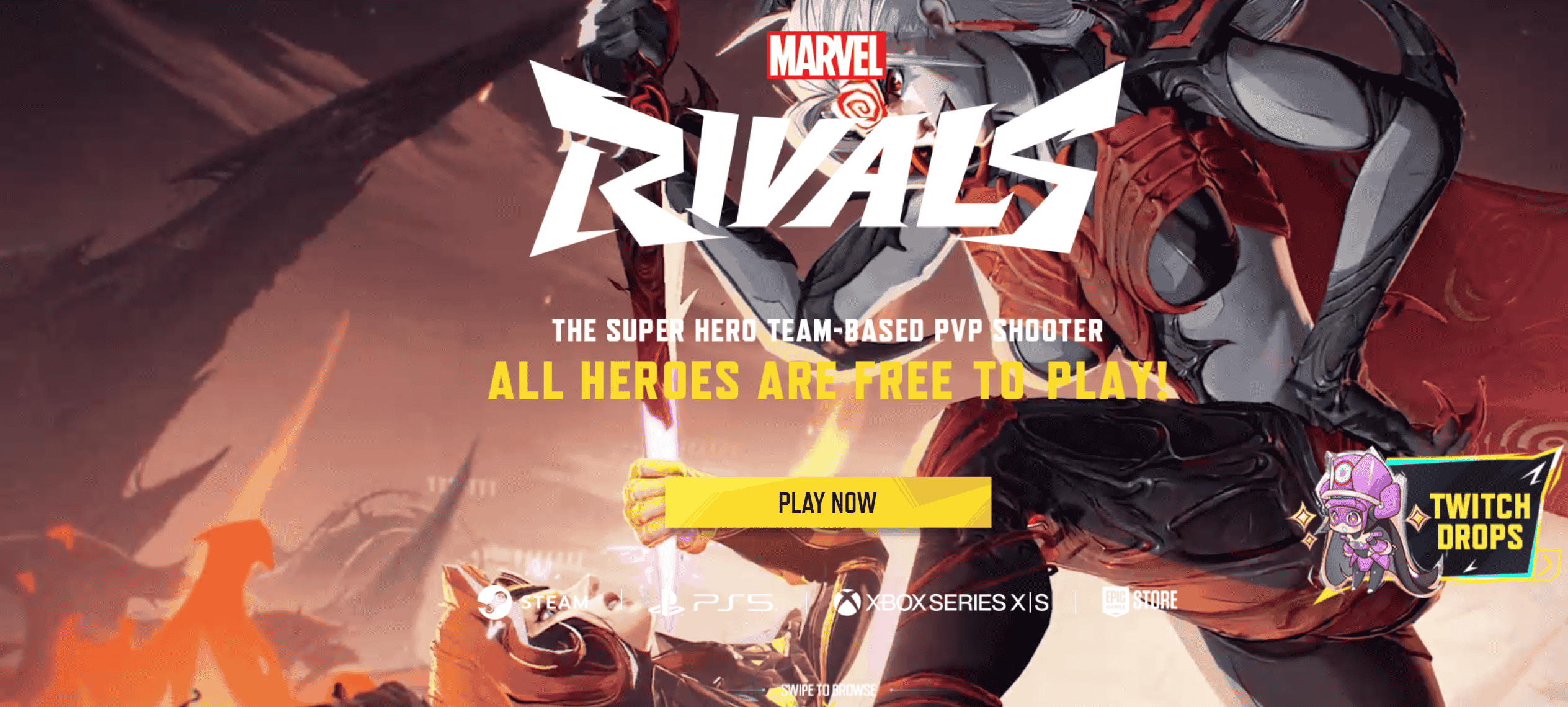
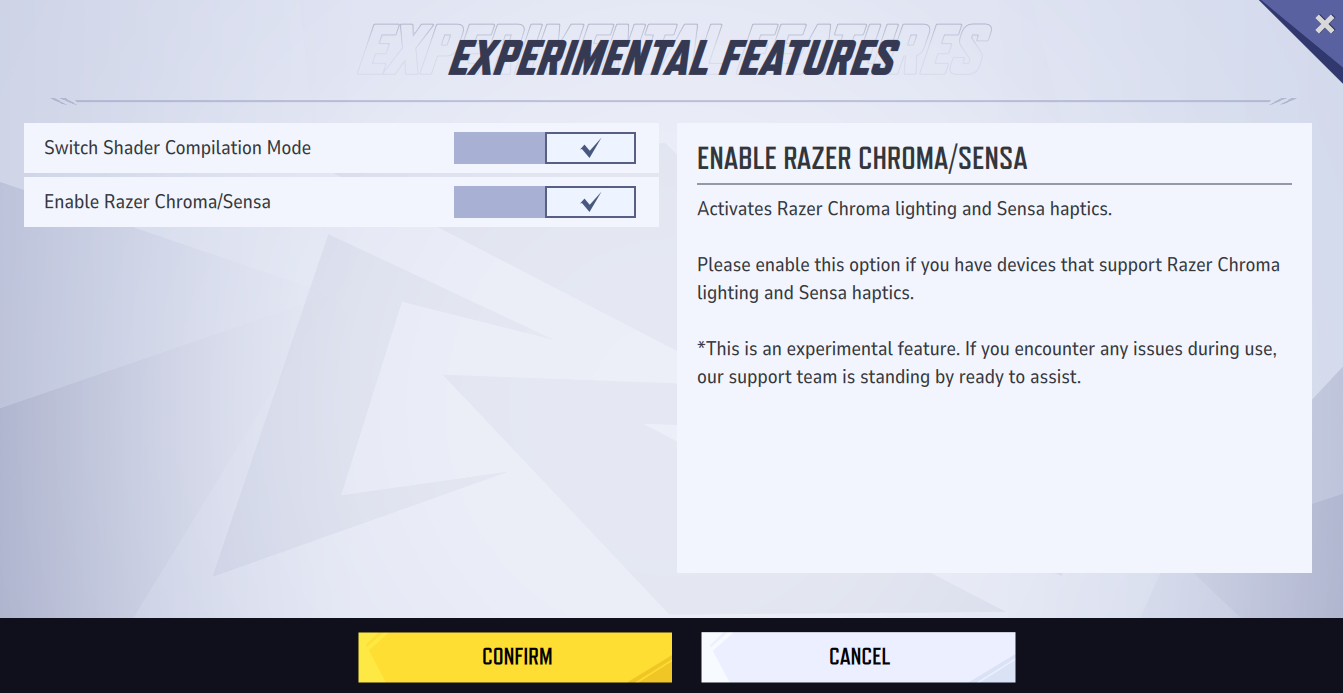
As we’ve seen, having high-quality ambient lighting animations and well-designed haptic effects can elevate the experience from simply enjoyable to truly immersive. When these elements are thoughtfully crafted to enhance both the visuals and the sound design, they add a whole new dimension to the game. In Marvel Rivals, we’ve already seen the potential across different types of abilities and use cases. And we’ve only scratched the surface of what can be created—stay tuned for more innovative uses to come!

